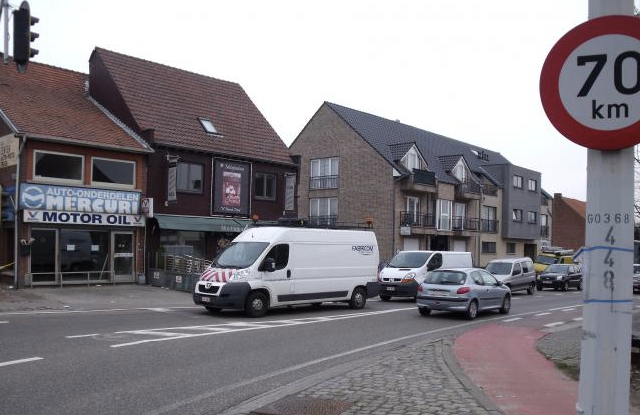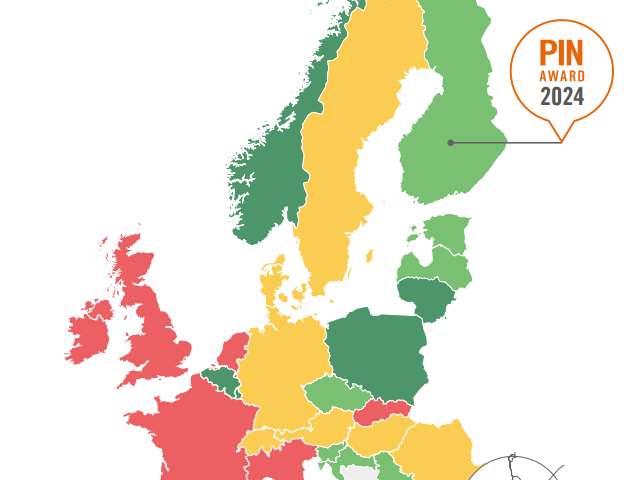
Fit for Road Safety: From Risk Assessment to Training
This second thematic report aims to present how driver risk assessment and training can improve work related road safety. This report aims to address all employers managing all type of vehicle from public authorities providing school transport, small two car delivery companies to large international companies and organisations. The scope of this report covers both fleet and grey fleet (i.e.: private vehicles used for work-related purposes) drivers and riders, from all vehicle classes: truck, bus, van, car and Powered Two Wheeler.
This Thematic Report looks at risk assessment as a basis for training. It is in three sections. The first section presents what risk assessment is in the occupational road safety context whilst making reference to EU legislation. It also presents the business case behind training in the workplace. What makes a safe fleet presenting how training should target influencing the different levels of driver behaviour according to the GDE (Goals for Driver Education) Matrix. The second section looks at the area of driver training which is covered by new EU Legislation: the training of bus and truck drivers in the EU. It presents the legislation itself with some examples of how it has been implemented in the MemberStates and some initial feedback from surveys on how it has been received. The third section looks at driver and rider training of other road users including vans and powered two wheelers. It presents relevant EU legislation and gives some examples of best practice from the MemberState level. It also presents the idea of setting up an EU Quality Labelling Scheme for Driver Training as suggested by the EU Advanced project (2002). The fourth and final section looks at employer level initiatives to train drivers with some examples of best practice. It also includes some advice to employers such as a checklist for employers to select trainers. The Thematic Report also elaborates recommendations to the EU, National level and employers on improving driver risk assessment and training with the aim of reducing road deaths in the EU.
Drivers are only one element of an organisation’s road safety program, that should also focus on issues such as management culture, vehicles, journeys and safety of sites (see Haddon Matrix below). Demand for post-licence driver training has grown markedly over the years (Advanced, 2002). Undoubtedly driver training can be an important tool to reduce work-related road risk. However, much care should be given by employers in identifying whether driver training is a tool that suits their needs, and when it is the case which type of training they should opt for.
There is much debate about the value of in-vehicle driver training as a road safety (and particularly a work-related road safety) improvement countermeasure. The classical criticism is the argument that many driver-training courses (often delivered by former racing icons, police or military personnel) focus on drivers’ abilities to handle a vehicle in an emergency. However, in-vehicle-skills-based driver training is only one type of training, and research suggests that driving is about more than just skills. Health, well-being, lifestyle, attitude, knowledge, hazard perception, attention to detail, hand eye co-ordination, concentration, anticipation and observation are all important (Murray, 2009). Exactly these factors affecting safety should also form part of an employer’s culture to promote work related road safety. Great care should therefore be given into identifying programmes that are not only ‘skid courses’, but in which driving skills are part of an overall package that also trains drivers to be aware of risks and how to avoid risky situations.
Finally, it should also be born in mind that driver training is of course intended as a mean to reduce collisions and casualties, but it also has other goals such as mediating more general responsibility, generating interest in safety issues, team-building, quality assurance, and preparing positive attitude to « harder » safety measures.








